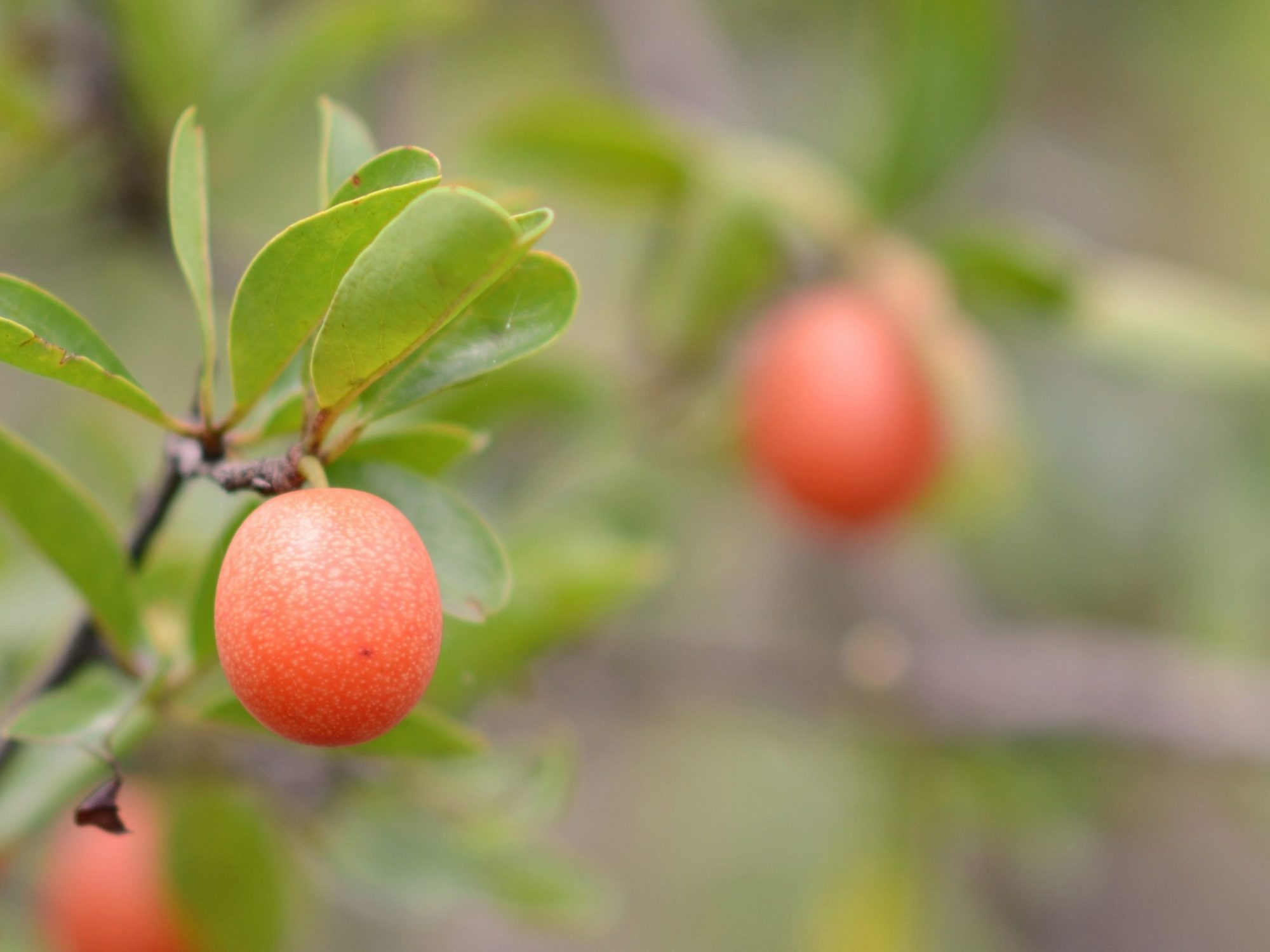
When was the last time you ate something which you have never had before, something like a “new” fruit or vegetable? Have you ever thought about how we seemingly find the same ingredients on our shelves and in fresh produce markets time and again? There is some variety when new cultivars become available or when an ingredient from a different part of the world becomes popular elsewhere, but, essentially, a large part of our food ingredient list remains the same. Yet, with so much plant biodiversity globally, surely there are unexplored and potentially useful crops waiting to form part of our mainstream food system?
This question is exactly what the research project tried to address by gathering some basic information on a commonly occurring wild fruit which is widely utilized by humans and animals when it ripens. Globally, there is a myriad of fruits, vegetables, and grains which are either only harvested from the wild or grown on a small scale in very particular regions. These don’t necessarily form part of the mainstream food system and are therefore referred to as “underutilized” or “neglected” crops, but they could make a crucial contribution to ensure food and nutrition security, especially during times when the normal food system gets disrupted, e.g. during a major regional drought. However, even though a lot of these underutilized or neglected species have been identified, the research community is increasingly realizing that there is a huge gap in basic information for these species when compared to more traditional and “developed” crops.
In a research project sponsored by the International Foundation for Science, a group of researchers from South Africa, Nigeria, and Ghana teamed up to characterize the fruit of the large sourplum (Ximenia caffra), which is distributed widely in Africa and eaten sporadically when available in the wild. The little fruit is mostly prized for the high-value oil found in its seed which is used in the cosmetic industry, but basic information on the antioxidant, mineral, and acid content of the actual fruit (in other words, those water-soluble compounds which could have beneficial impacts on health even if taken in relatively small amounts) is lacking.
To be honest, the research (which was supposed to only be a “small” project) turned out to be quite a journey. The group consisted of disciplines as diverse as Microbiologists, Food Scientists, Chemists, and Chemical Engineers, with meetings held as far afield as Ghana. The project took us to places with names as exotic as Hoedspruit and Monywaneng, introduced us to strangers, and constantly threw up unexpected surprises. We learned some really unexpected things that never turn up in journal articles, like the fact that fiery little brown wasps really like making their nests in the sourplum’s branches (trust me, I know; I discovered this the painful way on multiple occasions while gathering fruit), and that the “sour” part in “sourplum” should actually be spelled in capital letters.
On the more scientific side, the project successfully characterized the fruit of the large sourplum and added some useful information to what was known previously. A wide variety of health-promoting polyphenolic antioxidants were successfully identified and their concentrations determined; we showed that there are a number of different organic acids present in the fruit whereas previously it was thought that citric acid was the only one present, and a mineral analysis showed that the fruit contains relatively high levels of the important minerals potassium, magnesium, and phosphorous, and low levels of heavy metals. In other words, the fruits contain a lot of nutritionally-beneficial compounds, and (provided one can deal with the tart taste which results from the high levels of organic acids!) the consumption of these fruits in season could make an important contribution to a healthy and balanced diet.
Overall, the work made a small but important contribution toward better understanding the value of some of the neglected or underutilized crops in the world. Within a food system that is heavily reliant on a relatively small number of species and which is facing disruption due to climate change and a growing world population, building databases of the macro- and micronutrient content of these neglected and underutilized crops is crucial. In order to build resilience into our future food system and make sensible nutritional recommendations on which alternative crops are best to research and promote further, gathering the type of data obtained in this study will become more important in the future to fill the gaps in our current knowledge.
These findings are described in the article entitled Phenolics, organic acids and minerals in the fruit juice of the indigenous African sourplum (Ximenia caffra, Olacaceae), recently published in the South African Journal of Botany.









